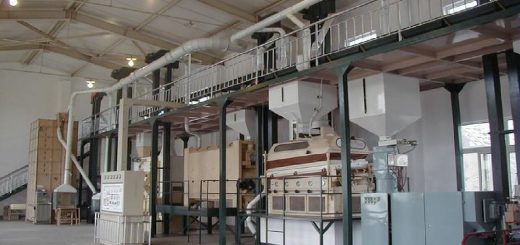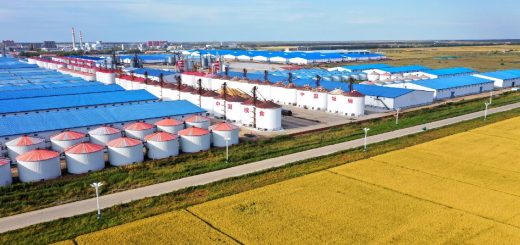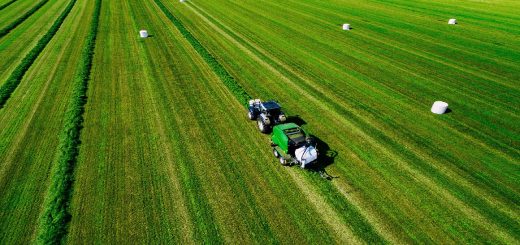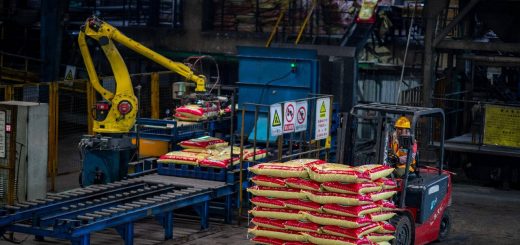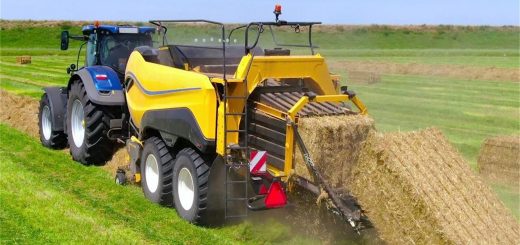Forestry Machinery:enable efficient and sustainable management of forest resources
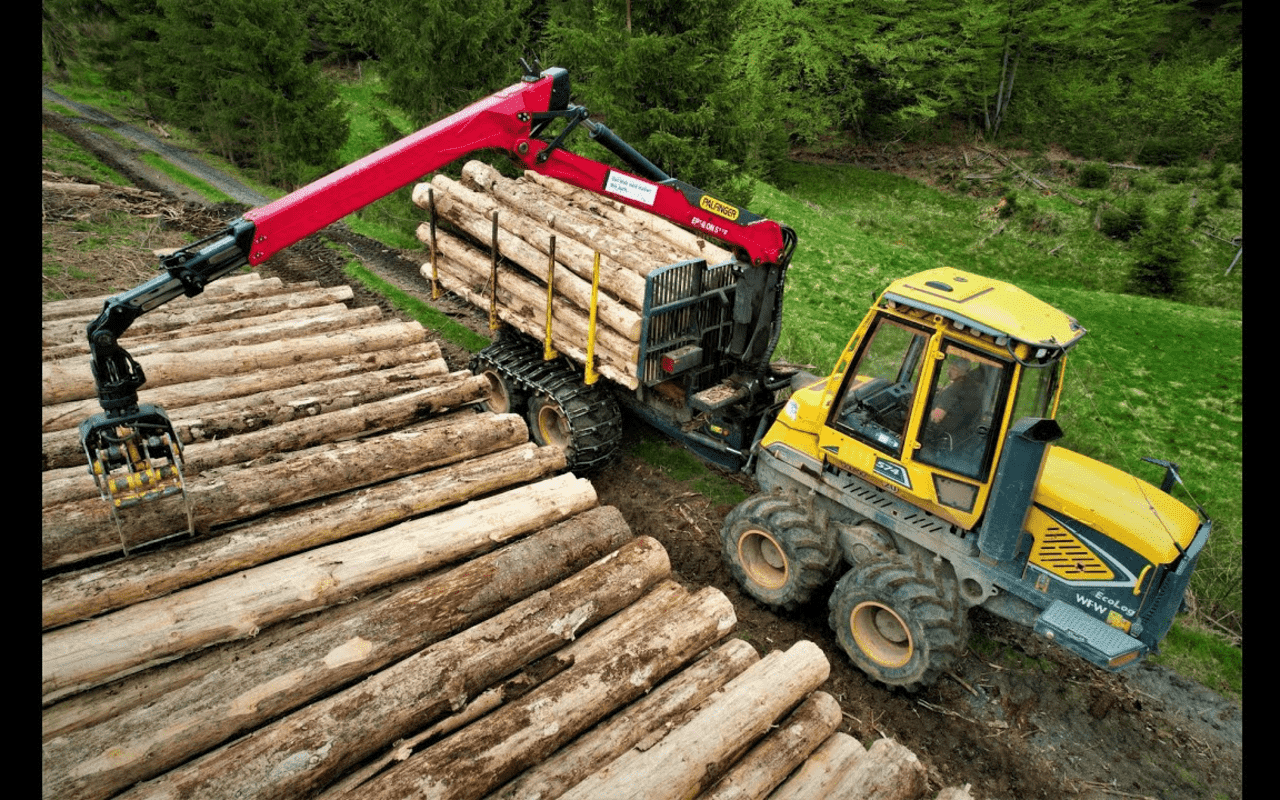
Forestry machinery plays a crucial role in modern forestry operations, enabling efficient and sustainable management of forest resources. These machines are designed to perform a variety of tasks, from planting and maintaining trees to harvesting and processing timber. In this article, we will explore what forestry machinery is, its different categories, and the significant roles it plays in the forestry industry.
What is Forestry Machinery?
Forestry machinery refers to specialized equipment used in the management and harvesting of forests. These machines are engineered to handle the demanding conditions of forest environments, such as uneven terrain, dense vegetation, and heavy loads. They are essential for increasing productivity, reducing labor costs, and minimizing environmental impact.
Categories of Forestry Machinery
- Harvesting Equipment: This category includes machines like chainsaws, harvesters, and feller bunchers. Harvesters are used for cutting and delimbing trees, while feller bunchers can cut and gather multiple trees at once. These machines are vital for efficient timber extraction.
- Skidding and Forwarding Equipment: Skidders and forwarders are used to transport logs from the cutting site to a landing area. Skidders drag logs along the ground, while forwarders carry them on a trailer, reducing soil disturbance and damage to the forest floor.
- Processing Equipment: Delimbers, slashers, and chippers fall under this category. Delimbers remove branches from felled trees, slashers cut logs into shorter lengths, and chippers convert wood waste into chips for various uses, such as biomass fuel.
- Planting and Seeding Equipment: This includes tree planters and seeders, which automate the process of planting seedlings and sowing seeds. These machines ensure uniform spacing and depth, promoting healthy forest regeneration.
- Maintenance Equipment: Brush cutters, mulchers, and mowers are used for maintaining forest health by controlling undergrowth, reducing fire hazards, and improving access for other machinery.
The Role of Forestry Machinery
- Increased Efficiency: Forestry machinery significantly boosts productivity by automating labor-intensive tasks. For example, a single harvester can perform the work of several manual laborers, reducing the time and effort required for timber extraction.
- Environmental Sustainability: Modern forestry machines are designed to minimize environmental impact. For instance, forwarders reduce soil compaction compared to traditional skidding methods, preserving the forest ecosystem.
- Safety: Using machinery reduces the need for manual labor in dangerous conditions, such as felling large trees or working on steep slopes. This enhances worker safety and reduces the risk of accidents.
- Economic Benefits: By increasing efficiency and reducing labor costs, forestry machinery contributes to the economic viability of forestry operations. It also enables the utilization of wood waste, creating additional revenue streams from biomass and other by-products.
Conclusion
Forestry machinery is indispensable in contemporary forestry practices, offering numerous benefits in terms of efficiency, sustainability, safety, and economic viability. As technology continues to advance, these machines will play an even more critical role in managing and preserving our forest resources for future generations.


